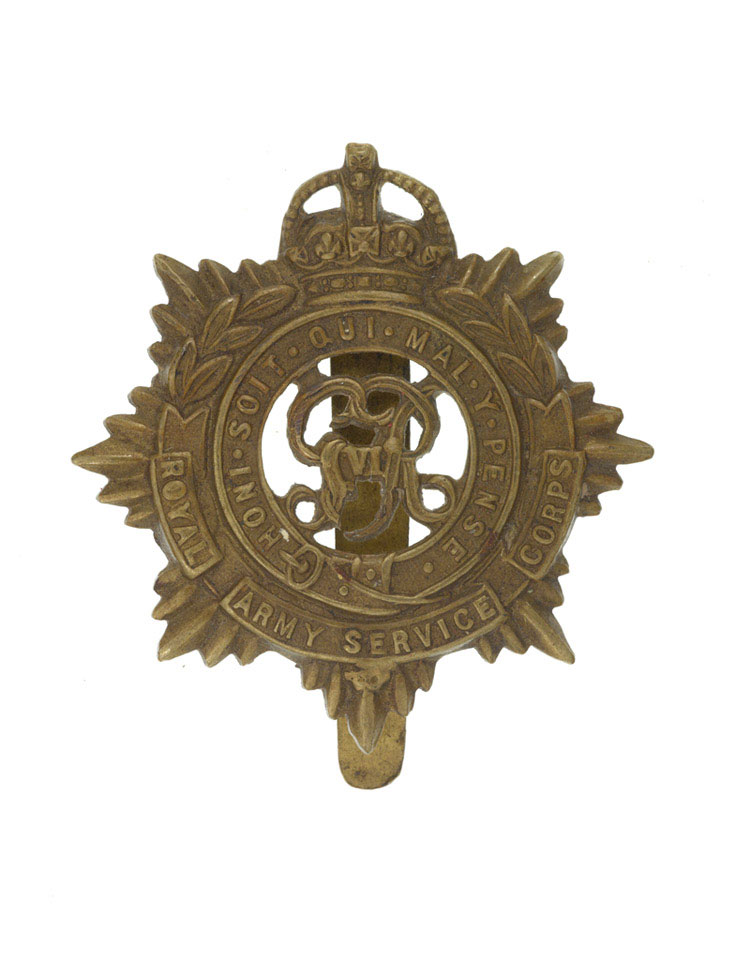Personal Details
Born: 17 October 1880
Family: The third son of Thomas and Emma Slawson of Bevan’s Yard, Yardington, Whitchurch, Shropshire. In 1905 Robert married Annie Elizabeth Killigrew and together they had 3 children – William, Robert Samuel and Ruby.
Civilian Occupation: He left school and worked as a blacksmith’s labourer; in 1911 he was erecting galvanised sheds and working away from home. In 1939 he was employed as a goods loader.
Residence: In 1939 he was living at 4 Wrexham Road, Whitchurch, Shropshire.
Died: In 1950 aged 69.
Other Information: Brother of Wright Slawson who died of wounds on 13 May 1917 and is commemorated on the Whitchurch Town memorial.
Military Details
Regiment: Royal Army Service Corps
Rank: Private
Service Number: M/314835
Date of Enlistment: 3 June 1916
Date of Discharge: 5 August 1919
Reason for Discharge: Demobilisation
Further information: Robert’s brother, Wright Graves Slawson, lost his life in WW1.
Robert was awarded the Campaign Medals (British War Medal, and Victory Medal).

The British War Medal (also known as 'Squeak') was a silver or bronze medal awarded to officers and men of the British and Imperial Forces who either entered a theatre of war or entered service overseas between 5th August 1914 and 11th November 1918 inclusive. This was later extended to services in Russia, Siberia and some other areas in 1919 and 1920. Approximately 6.5 million British War Medals were issued. Approximately 6.4 million of these were the silver versions of this medal. Around 110,000 of a bronze version were issued mainly to Chinese, Maltese and Indian Labour Corps. The front (obv or obverse) of the medal depicts the head of George V. The recipient's service number, rank, name and unit was impressed on the rim.
The Allied Victory Medal (also known as 'Wilfred') was issued by each of the allies. It was decided that each of the allies should each issue their own bronze victory medal with a similar design, similar equivalent wording and identical ribbon. The British medal was designed by W. McMillan. The front depicts a winged classical figure representing victory. Approximately 5.7 million victory medals were issued. Interestingly, eligibility for this medal was more restrictive and not everyone who received the British War Medal ('Squeak') also received the Victory Medal ('Wilfred'). However, in general, all recipients of 'Wilfred' also received 'Squeak' and all recipients of The 1914 Star or The 1914/1915 Star (also known as 'Pip') also received both 'Squeak' and 'Wilfred'. The recipient's service number, rank, name and unit was impressed on the rim.

